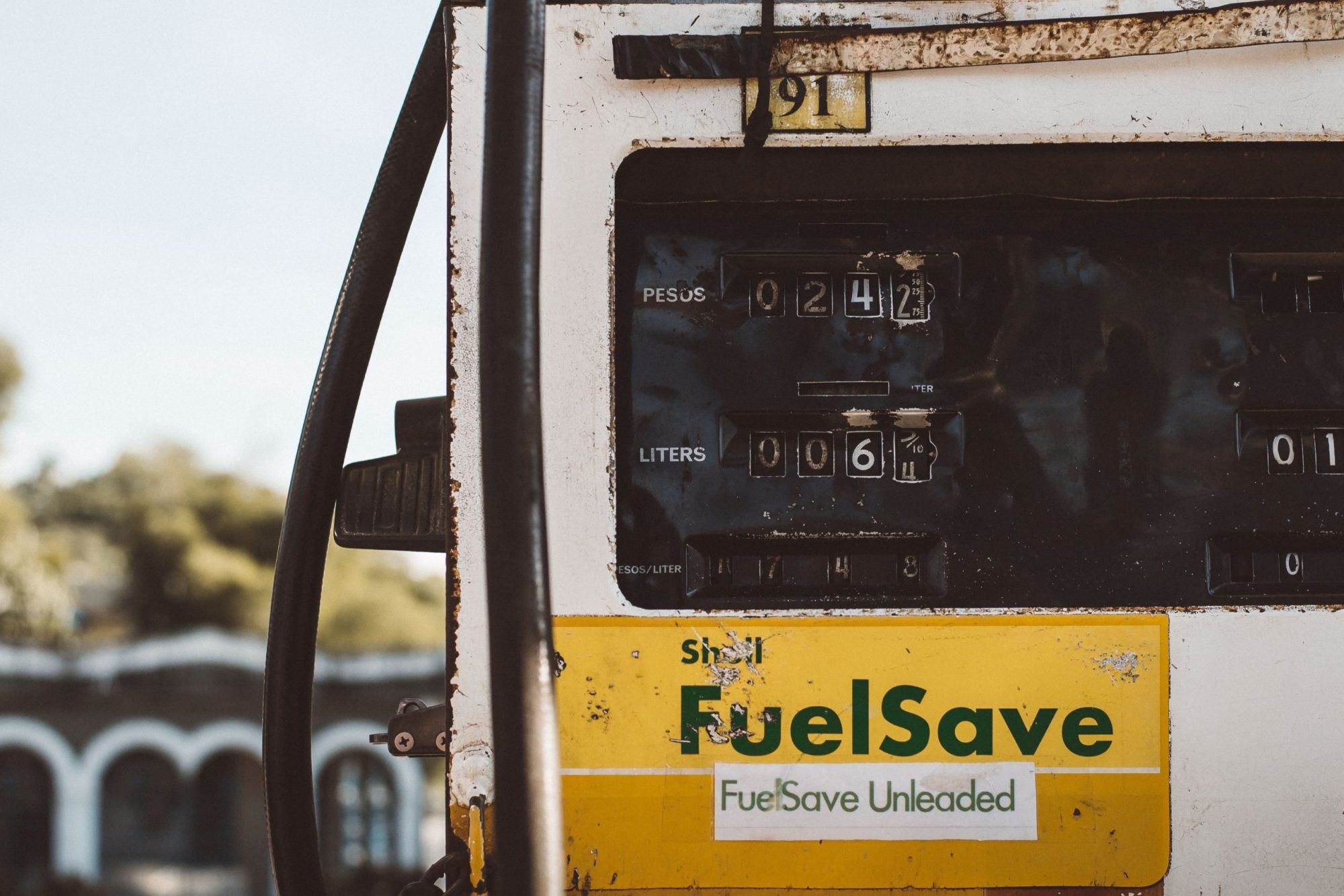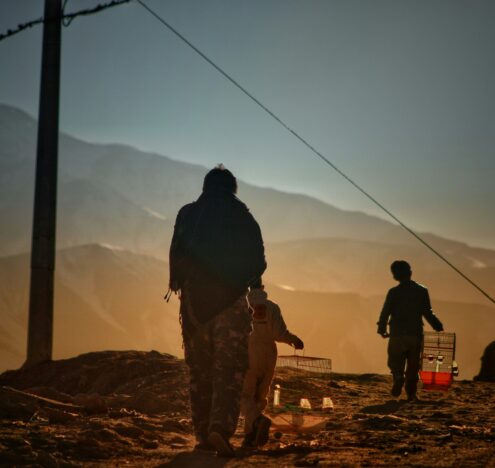Yesterday, in the time it took me to discover that my local Target was completely out of hand sanitizer, the price of oil dropped by over 30%. For those playing the home game, that’s the worst oil market shock since Saddam Hussein invaded Kuwait in 1991, kicking off the Gulf War.
The precipitous drop in global oil prices was prompted by two factors: long-term fears of declining demand as a result of coronavirus, and the failure of the OPEC+ group to come to an agreement on production cuts, prompting Saudi Arabia to ramp up production and effectively declare war on Russia and other major producers.
With coronavirus continuing to spread, there’s little likelihood things will improve any time soon. For producers, this means lean times and strained budgets. For consumers, it means cheaper oil. That’s usually a good thing, but in the context of a global pandemic, there’s only so much cheap oil can boost demand.
You might want to fasten your seatbelts. It’s going to be a bumpy ride.
OIL GOES OFF A CLIFF
The economic indicators have been there for a while for those who were looking. While the stock market largely continued its blissfully unaware rise through January and February, analysts have been warning that the shortfall in demand created by coronavirus – as China, South Korea and other Asian economies almost entirely shut down for weeks to enact quarantines – was going to have knock-on effects in the global economy.
We’re now starting to see that impact: supply chain disruptions, stock market panic, and – perhaps most importantly – lowered demand for oil in some of the world’s biggest economies.
The world market is now awash in oil, and very few people are buying.
The sudden drop in prices was kicked off by the splintering of the OPEC+ agreement between Russia and the members of OPEC (most notably Saudi Arabia). With Russia unwilling to agree to further production cuts, the deal fell apart, leading the Saudis to promise increased production, swamping markets with new supply.
Remember supply and demand from Economics 101? This is what happens when supply increases at the same time as demand drops. The world market is now awash in oil, and very few people are buying.
There are a variety of theories for why the Russians and Saudis chose to start a price war: some think they’re worried about US shale production, while others have suggested that the Saudis are trying to help Trump by providing cheap gasoline. I’m not persuaded by either.
The most plausible explanation is instead that both Russia and Saudi Arabia are engaged in a conflict not for price, but for market share. And thanks to coronavirus, it’s a war for share of a declining market. Rather than sharing the burden of dropping demand through OPEC+, each is trying hard to force the other – or someone else – to bear more of the cost. If they can seize market share, they might be able to maintain a decent revenue stream even with lower oil prices.
Neither, of course, would be particularly upset if that cost were primarily borne by US shale producers. But the Saudis already tried to put shale out of business in 2014 through lower prices, and it failed. Today, the evidence suggests that Russia and Saudi Arabia are less focused on shale, and more on preserving their markets – and the income that props up their regimes – in a challenging time.
AMERICA THE PETROSTATE
What does all of this mean for the US economy? Well, the president took to Twitter on Monday morning to point out that low oil prices are good for American consumers, and good for the economy. Of course, as he himself noted as recently as January 8, “… America has achieved energy independence… we are now the number-one producer of oil and natural gas anywhere in the world.”
In an impressive change of pace from his usual fact-challenged repertoire, the president is largely right about both. The United States is both a major consumer of oil, as well as the largest producer of oil on the planet. Under normal circumstances, there now may be as much downside as upside for America from a historic drop in oil prices.
Of course, circumstances are anything but normal. That positive effect relies on Americans dialing up consumption of oil as prices fall: building more stuff, buying more things, driving further, and engaging in more tourism. None of which seems particularly likely in the context of authorities cautioning Americans not to cruise or fly long-distances, to engage in ‘social distancing,’ and prepare to self-quarantine if necessary.
In short, it’s looking like a rough road ahead for the US economy as we all figure out – together – what it looks like to face a potential global pandemic with no clear leadership, and no plans to prevent it.
But we can at least console ourselves that our economy is diversified. Unlike Russia, Saudi Arabia, Iraq, Nigeria or others, we’re not frantically trying to shore up our government’s finances by preserving our share of a rapidly shrinking global oil market.
Now if you’ll excuse me, I’m off to wash my hands again.





















